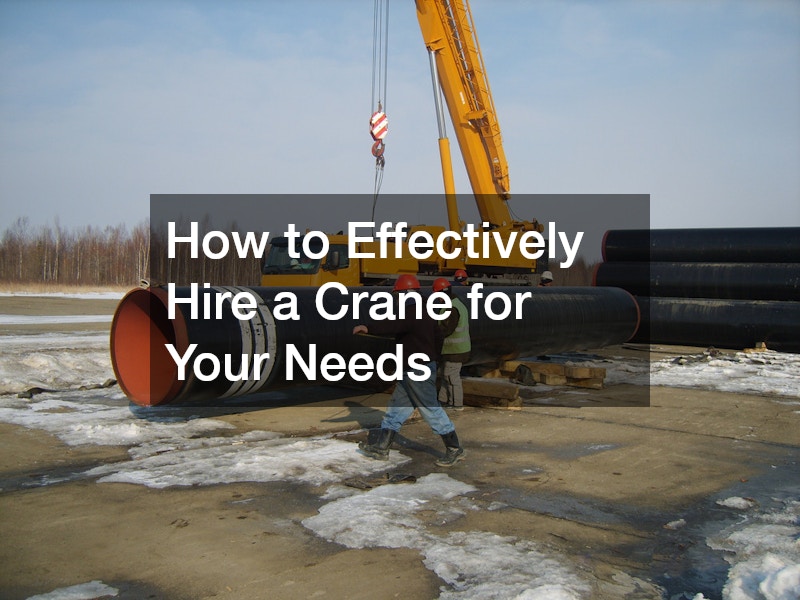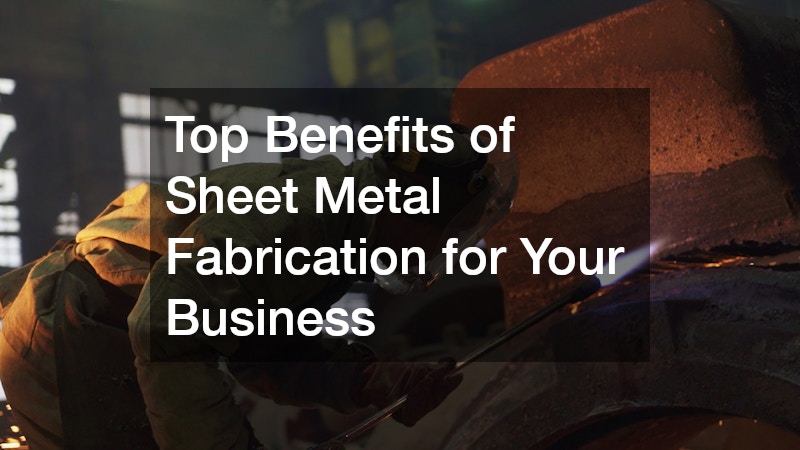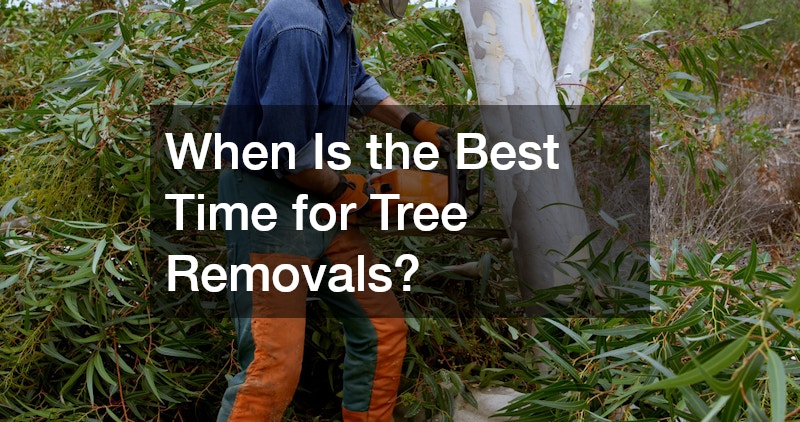Hiring a crane is an essential part of many construction, infrastructure and industrial projects across Australia. Whether you’re lifting heavy equipment onto a rooftop or assembling structural components for a new development, the right crane can make all the difference in efficiency, safety and cost. However, understanding how to effectively hire a crane requires careful consideration and planning. From selecting the right type of crane to ensuring compliance with local regulations, every detail matters.
Here’s a comprehensive guide to help you hire a crane effectively and avoid common pitfalls.
Understand Your Project Requirements
Before reaching out to any crane hire company, it’s crucial to assess the specific needs of your project. This includes the weight and dimensions of the load, the height and radius of the lift, access to the site and any special considerations such as power lines or underground utilities.
Different types of cranes are designed for different tasks. For example, a mobile crane may be ideal for short-term projects with limited access, while a tower crane is better suited for high-rise developments. Having a clear understanding of your requirements will help you communicate effectively with crane hire specialists and ensure you get the most suitable equipment.
Choose the Right Type of Crane
There are various types of cranes available for hire and each one has its own strengths and limitations. Mobile cranes are versatile and easy to transport, making them suitable for quick jobs on construction sites. Franna cranes, also known as pick-and-carry cranes, are great for moving loads around a site with ease. Crawler cranes are ideal for long-term projects on soft or uneven ground due to their tracked undercarriage. Tower cranes are the preferred option for tall building projects where significant height and lifting capacity are required. All-terrain cranes combine the benefits of rough terrain handling with on-road mobility, making them well-suited for jobs that require travel between urban and off-road environments.
Understanding these options will enable you to hire a crane that matches your task, site layout and safety requirements.
Check the Company’s Credentials
When you hire a crane, you’re not just renting a piece of equipment—you’re also relying on the company’s expertise, reputation and adherence to safety standards. Always ensure the crane hire company is fully licensed and insured and that its cranes are regularly inspected and maintained according to Australian regulations.
Ask for documentation that proves their compliance with Australian Standards (e.g., AS 2550 for crane safe use) and ensure they follow Work Health and Safety (WHS) guidelines. Also, read client reviews and request references if you’re unsure about a company’s track record.
Confirm Operator Availability
Unless you’re a certified crane operator yourself, you’ll need to hire a crane with a skilled operator. Many crane hire companies offer dry hire (equipment only) and wet hire (equipment plus operator). For complex or large-scale lifts, wet hire is typically the safer and more efficient option.
Ensure that the operator is licensed and experienced with the specific crane type. Operators should also be familiar with local site conditions and capable of working in line with all relevant safety protocols.
Assess Site Access & Conditions
Before the crane arrives on-site, it’s important to review site access points, terrain conditions and any restrictions that could impact crane operations. Low-hanging power lines, soft ground, confined spaces and height restrictions are all factors that could limit crane performance or even pose safety hazards.
A site inspection conducted by the crane hire provider can help identify these issues early and allow for adjustments or the selection of a more suitable crane. It’s a good idea to have traffic management and safety signage in place as well, especially on busy worksites.
Get a Detailed Quote
To avoid unexpected costs, request a detailed and itemised quote that outlines all charges related to your crane hire. The quote should include the equipment hire fees, operator costs (if applicable), transportation and mobilisation charges and any setup and dismantling fees. It’s also important to understand if there are fuel or operational surcharges, as well as any penalties that may apply for overtime or project delays.
Comparing quotes from multiple providers can help you understand the market rate and ensure you’re receiving fair value. However, don’t base your decision solely on price; experience, equipment condition and safety compliance should weigh heavily in your final choice.
The Right Crane Hire Leads to Project Success
To effectively hire a crane, take a strategic and informed approach. Understand your project’s needs, choose the right crane type, vet your providers and prepare your site properly. A reliable crane hire partner will not only deliver the right equipment but will also support your project with safe, professional service.
By following these steps, you’ll maximise your project’s success and ensure safety and efficiency every step of the way. Whether it’s for residential construction or large-scale infrastructure, the right decision when you hire a crane can lead to smoother operations and better outcomes.
.




